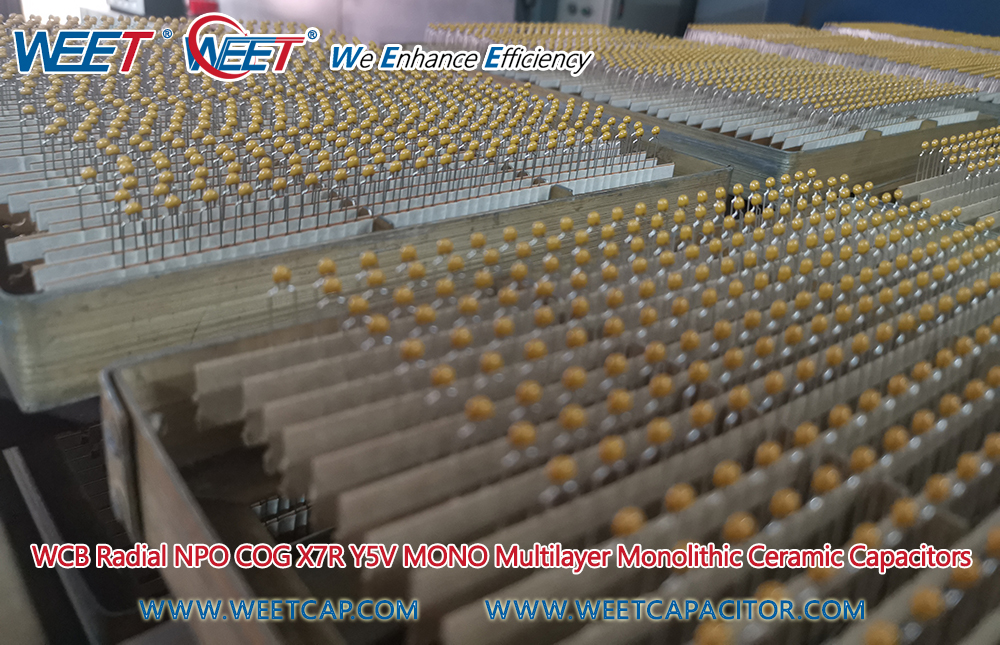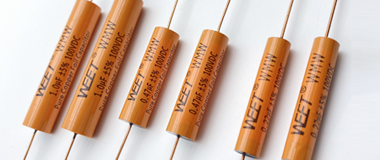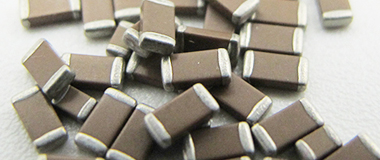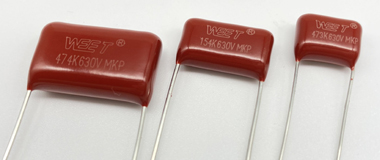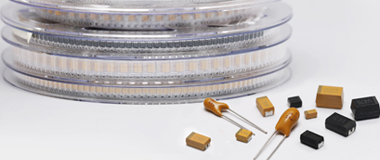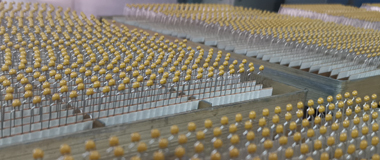The WEET CT42 WCB product features and functions of the axial monolithic capacitor are as follows:
● Energy storage exchange
This is the basic function of the axial monolith capacitor, mainly through its charging and discharging process to generate and discharge an electric energy.
This is mainly due to the type II monolithic capacitor with large capacity. In some cases, it can even replace small aluminum electrolytic capacitors and tantalum electrolytic capacitors
● Straight through alternating current (bypass and coupling)
As the axial monolith capacitor is not a conductor, it reflects the electrification at both ends through the regular rotation of AC,
so it can be connected in parallel with other components in the circuit to make AC pass through, while DC is blocked to play the role of bypass.
In the AC circuit, the monolith capacitor is charged and discharged according to the polarity change of the input signal,
so that the circuit connecting the two ends of the monolith capacitor shows the state of continuity and plays a coupling role.
Generally speaking, the monolith capacitor connected to the input end of the amplifier or operational amplifier is a coupling monolith capacitor;
The monazite capacitor connected with the the amplifier or op amp emitter is a bypass monazite capacitor.
Both of them are dominated by II type monazite capacitance, especially 0.1uF capacitance.
● Frequency discrimination filtering
In the AC circuit, for a multi frequency mixed signal, we can use a monolith capacitor to separate its parts.
Generally speaking, we can use a reasonable amount of monolith capacitor to filter out most of the low-frequency signals.
This is mainly high-frequency or ultra-high frequency monolithic capacitors.
● Suppression of surge voltage
As the axial monolithic capacitor is an energy storage element, it can remove those transient surge pulse signals in the circuit,
and also absorb the excess energy generated by the fluctuating voltage in the circuit. Filtering is mainly high-frequency products.
